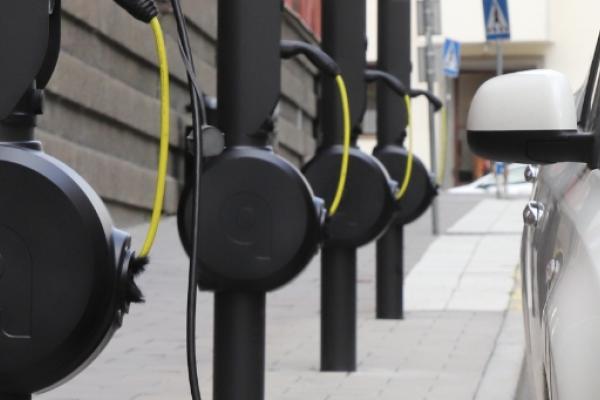
Sweden’s automotive market kicked off 2025 with a notable increase in new vehicle registrations, particularly for electric and plug-in hybrid vehicles. The country continues its strong commitment to electrification, despite some fluctuations in different vehicle segments.
Growth in Passenger Cars and Electrification Trends
In January 2025, 19,632 new passenger cars were registered, marking a 14.4% increase compared to the same month in 2024. The electrification trend remains dominant, with 51.6% of all new passenger cars being plug-in vehicles, slightly lower than the 52.4% recorded last year.
Battery-electric vehicles (BEVs) accounted for 5,660 registrations, an increase of 15.3% year-on-year (YoY). Their market share also improved slightly to 28.8%, up from 28.6% in January 2024. Plug-in hybrid (PHEV) registrations rose by 9.2% to 4,464 units, making up 22.7% of total registrations.
Despite positive growth in BEV and PHEV sales, hybrid vehicles (non-plug-in) saw an even more significant 67% increase, now representing 16% of the market. This increase reflects manufacturers' strategies to comply with upcoming emission targets while offering consumers affordable alternatives.

Source: Mobility Sweden
Commercial Vehicles: Mixed Performance
While the passenger car market showed growth, the light commercial vehicle (LCV) segment struggled, with total registrations falling by 11.2%. This decline is largely attributed to Sweden’s continued downturn in the construction sector. The electrification of light commercial vehicles (≤3.5t) also declined, with the share of fully electric LCVs dropping from 26.9% to 21.5%.
On the other hand, heavy-duty trucks (≥16t) experienced strong growth, with 404 new registrations, representing a 15.8% increase YoY. The share of electric heavy trucks also rose to 8.9%, up from 6.5% in 2024. This suggests that the adoption of electric heavy-duty transport is accelerating, aided by targeted incentives and improved charging infrastructure.
Bus Market Surge: Electrification Leads the Way
The Swedish bus market saw a remarkable increase, with 187 new registrations, representing a 222.4% surge compared to January 2024. Notably, 67.9% of these new buses were fully electric, a significant jump from 6.9% last year. This growth highlights Sweden’s continued efforts to electrify public transport, supported by policy initiatives and procurement strategies favoring zero-emission vehicles.
Looking Ahead: A Positive Outlook for 2025
Despite fluctuations in different segments, Sweden's EV market continues to progress toward a higher share of electrified vehicles. The growing share of electric heavy-duty trucks and buses is particularly encouraging, showcasing Sweden’s leadership in sustainable transport solutions.
However, challenges remain. The decline in light commercial EVs indicates that incentives or policies may need to be adjusted to support business adoption. Additionally, the share of fully electric passenger vehicles must continue to rise to meet Sweden’s climate targets.
Sofia Linder, Chief Economist at Mobility Sweden, emphasized the importance of political action to support further electrification:"We estimate that BEVs will account for 40% of new car registrations this year, helping reduce emissions and lower fuel costs for consumers. However, government policies will be crucial in maintaining the momentum and keeping used EVs within Sweden."
Sweden remains one of the key markets driving Europe’s electrification. As the year progresses, policy stability, charging network expansion, and industry innovations will determine the pace of EV adoption. With growing investments in clean transportation, Sweden is well-positioned to strengthen its leadership in sustainable mobility.
Source
Views and opinions expressed are those of the author(s) and do not reflect those of the European Commission.



